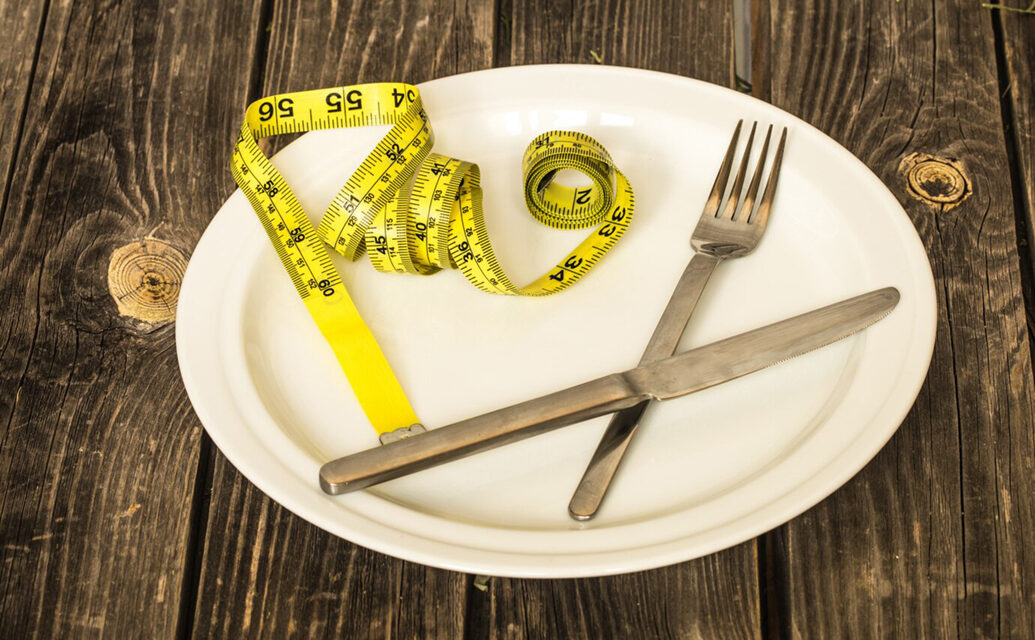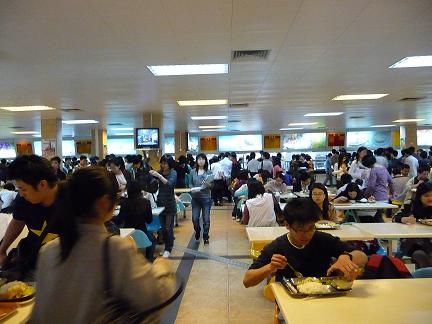The silent world of eating disorders is costing much more than missed meals
Eating disorders are unlikely to lead to criminality, like alcoholism or drug addiction can, or render the sufferer unemployed, however, poor eating habits have crept up to become a real social problem and can even be deadly.
No one feels threatened by eating disorders in the same way people feel threatened by psychotic disorders and unlike anxiety, depression and bipolar disorder, the thoughts of an anorexic are shrouded in secrecy and the illness is easily hidden. But eating disorders are a silent killer, and those who suffer from them become experts at avoiding detection.
Some 9 per cent of Australians suffer from an eating disorder and one in five individuals with Anorexia Nervosa who die prematurely commit suicide. Eating disorders have the highest mortality rate of any mental illness, yet there are an estimated 25,000 Australians who suffer from anorexia alone.
Like many anorexics, Chloe Robson was a master at keeping quiet and hiding her disease from family and friends before being admitted to north side clinic in 2009.
“I thought I was so fat even when I had abody mass index (BMI) of 14. I starved myself for a few weeks and refused to get out of bed, until one day, mum forced me to get up and cried when she saw how thin I was. I was admitted to north side clinic the next day. But since then I have had several hospital admissions,” Robson says.
“I was lucky enough to have private health insurance. A lot of people have to rely on the public health system and that can take ages to get a bed. Unfortunately with our health system, unless you are medically unstable, it is so hard to get a bed and the help you need.”
A report by Deloitte Access Economics for the Butterfly Foundation found that 1800 people died from complications arising from eating disorders in 2012. And despite the government’s pledge to increase the number of adult treatment beds in NSW public hospitals from four to nine, the risk of premature death for women with anorexia is still six to twelve times higher than the general population.
However, the NSW Minister for Mental Health, Kevin Humphries says the state government will provide $15.2 million through the NSW Service Plan for People with Eating Disorders to improve the options available for people suffering from anorexia and bulimia.
“This plan represents a giant leap forward in the treatment of eating disorders in NSW. Through it we have made a commitment to build clinical networks, public and private, to provide a range of treatment options for those with eating disorders,” Humphries says.
“We will increase access to inpatient and community-based services, build the capacity of our clinicians to treat those with eating disorders and support the ability of people with eating disorders in regional communities to get earlier and more effective treatment.”
Social networks fuel culture of ill-health
While the National Manager of Communications at the Butterfly Foundation, Sarah Spence, is optimistic about the increase in funding and services for eating disorders, she says the number of people affected by diseases like anorexia and bulimia is growing rapidly. And unlike in the past, anorexics and bulimics are turning to the internet to fuel their obsession with staying thin.
“People susceptible, or vulnerable, to eating disorders look at graphic web sites and think what is being encouraged is normal and they should also be like this. So they reinforce inappropriate and dangerous health practices,” Spence says.
While the internet helped inform Chloe Robson about the dangers of her illness, it can also enable the desires of the starving to go underground. Tight-knit online groups thrive through social networking sites like Tumblr, Facebook and LiveJournal, as well as different web forums, and they freely promote the idea that starvation is a lifestyle choice, not an illness.
The online phenomenon even has code names, Ana and Mia. Young people proudly declare they are “Pro-Ana” or “Pro-Mia” and by attaching a woman’s name to their illness signal they admire anorexic and bulimic attitudes.
“These web sites encourage worse behaviour in people who are already suffering from anorexia by encouraging very dangerous behaviour, thought patterns, eating and exercise habits,” Spence says.
“The spread of ‘thynspo’ on Instagram and sites such as ‘Pro-Ana’and‘Pro-Mia’ is particularly concerning given it’s most popular with women under 29 – the group most vulnerable to eating disorders.”
With mantras like “thinspiration” appearing on Instagram and Twitter, young people, particularly young women, take to the Internet where they are able to share tips on how to invest in laxatives, how to induce vomiting and how to hide their thinning frames from family and friends.
Robson, who is recovering from anorexia, is well aware that falling back into the silent despair of anorexia is a real danger, especially when some online forums and social networking sites are designed to prey on the vulnerable.
However, Robson hopes the devastating toll her eating disorder has taken on her body will stop her from sinking back into the disease of anorexia.
“The damage to my body is almost irreversible. I have had heart problems and extremely low blood pressure. My sugar levels were so low that I fainted while driving, crashing my car and fracturing some of the vertebrae in my back,” Robson says.
Medical Director at Westmead Hospital’s Department of Adolescent Medicine, Associate Professor Dr Simon Clarke, says that an eating disorder can stunt the growth of a young woman by the equivalent of up to three years.
“Anorexia can have a severe affect on your development. Not to mention the stress it can put on your heart, digestive system and kidneys,” Clarke says.
“Starving your body is also starving your brain. Confusion, anxiety and poor coordination are all common symptoms of anorexia. In some cases anorexia can lead to an irregular heartbeat (arrhythmia), which can cause death.”
Dr Clarke, who pioneered nasogastric feeding – the practice of using a feeding tube to help starving patients gain weight – believes that the medical profession needs to be better informed so patients like Chloe Robson can receive proper care.
“Most doctors are poorly trained in spotting an eating disorder and there are often no factors that point to anorexia. Medical staff need to know what an eating disorder looks like in an emergency ward.”
While Clarke estimates he treated upwards of 250 patients last year, he says there are still not enough public beds in the right places.
“We don’t have enough money to treat these people and the amount of beds we do have is still a drop in the bucket.”
And unfortunately with our health system, unless you are medically unstable , it is so hard to get a bed and the help you need.












